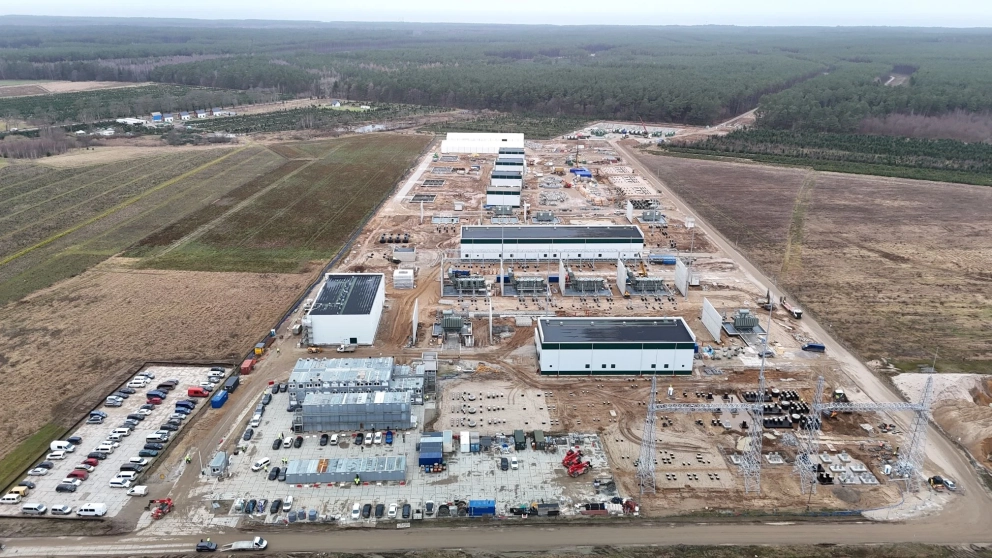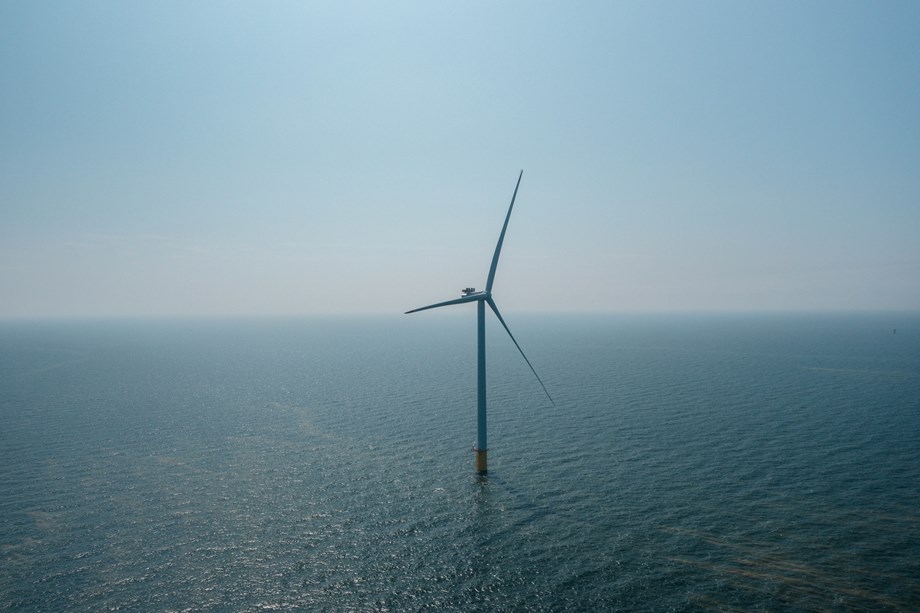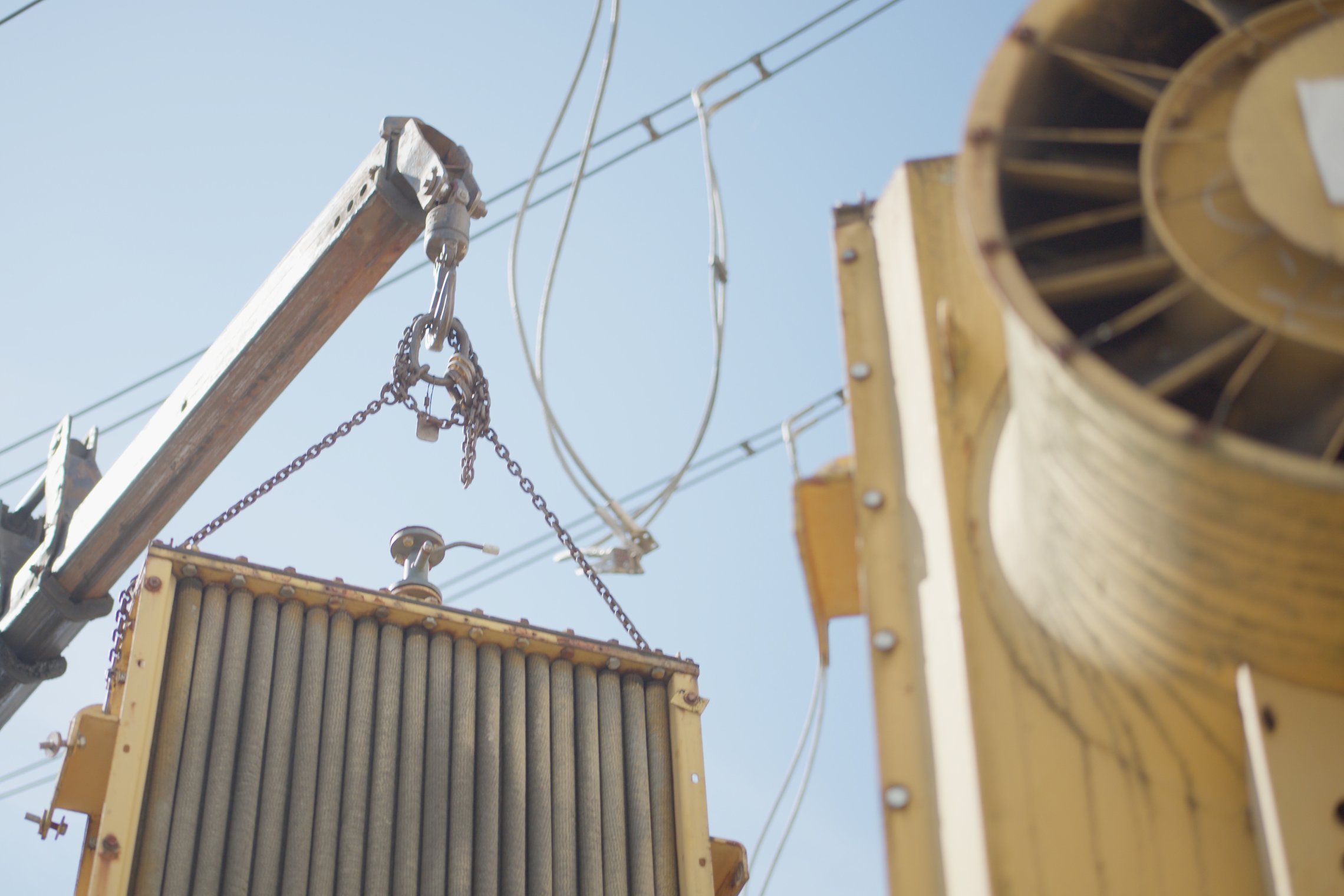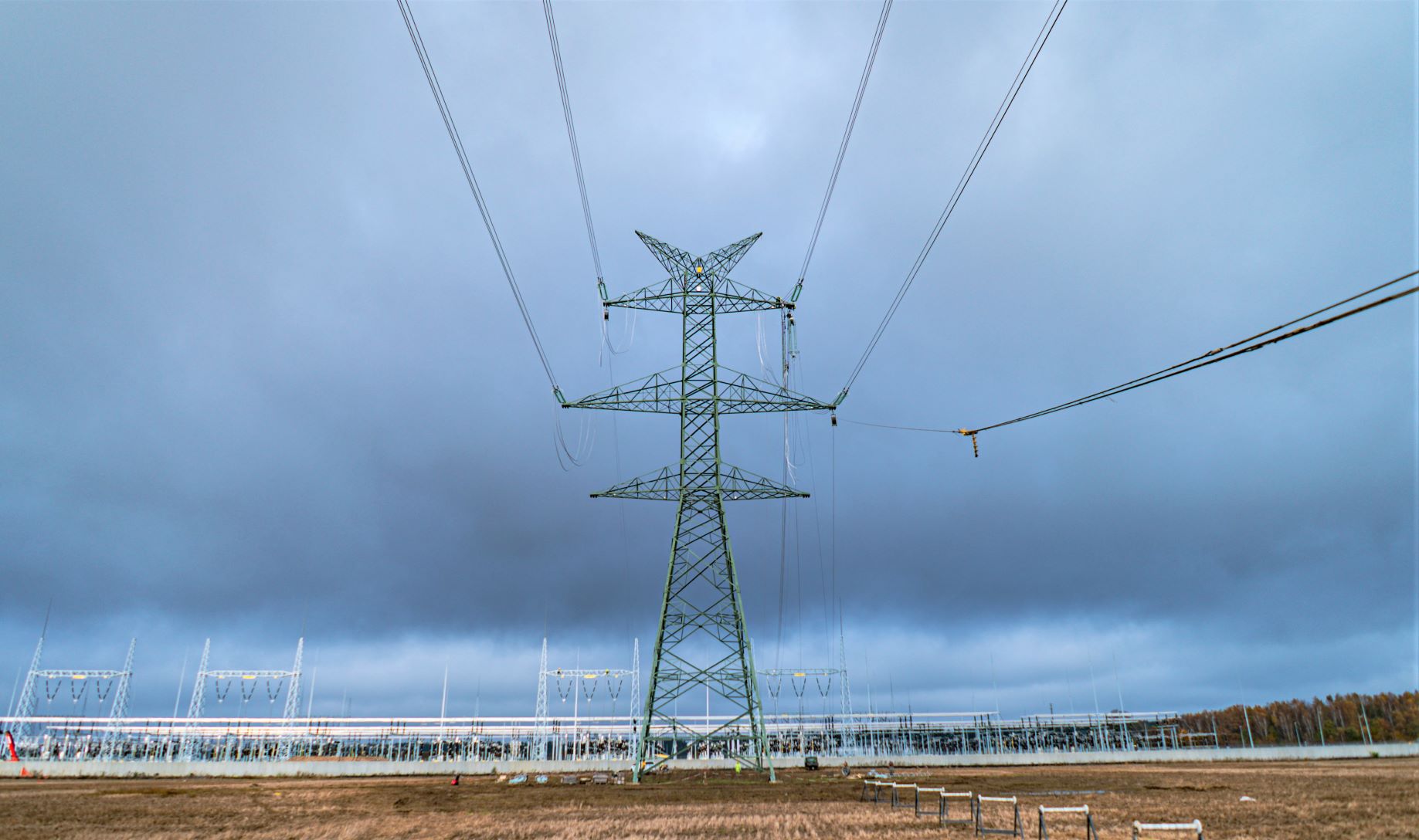Professor Lena Kautsky from Stockholm University is one of the authors behind the new report, which concludes that consideration needs to be taken to sensitive benthic areas, sound-sensitive animals, as well as seabirds when wind farms are established and that the turbine foundations can act as artificial reefs.
The report provides a synthesis of current research about the potential impacts of offshore wind farms on marine wildlife. The authors of the report recommend that followup studies will be carried out in connection with the construction and operation of new offshore wind farms.
Shallow coastal areas are sensitive to disruption
When the wind farms are built, impulsive noise associated with pile driving, and sediment dispersal connected with activities to prepare the seabed for the turbines and cables, may harm the local biodiversity, marine mammals and fish.
Measures to reduce impacts of impulsive noise are of critical importance. But the one most important measure is to wholly avoid sensitive areas when constructing windfarms.
The harbour porpoise is dependent on echolocation for foraging and navigation and therefore particularly
sensitive to noise. The high noises during the construction phase needs to be mitigated and special consideration for the porpoise needs to be taken when locations of the windfarms are planned.
Consideration also needs to be taken for sensitive or rare natural benthic habitats, where species can be harmed or killed during the construction, as well as risks to sea birds. Depending on the species of birds and their behaviour, they may risk either collision, or to be driven away from suitable mating- or foraging areas.
Wind farms make up artificial reefs
The hard structures of the turbine foundations and their scour protection act as artificial reefs which attract both sessile and mobile species.
The wind farms can be built with structures that promote biodiversity – layers of stones and boulders, holes to live or hide in.
Sessile filter-feeding animals on wind farms may also improve the local water quality.
Source: Stockholm University Baltic Sea Centre















